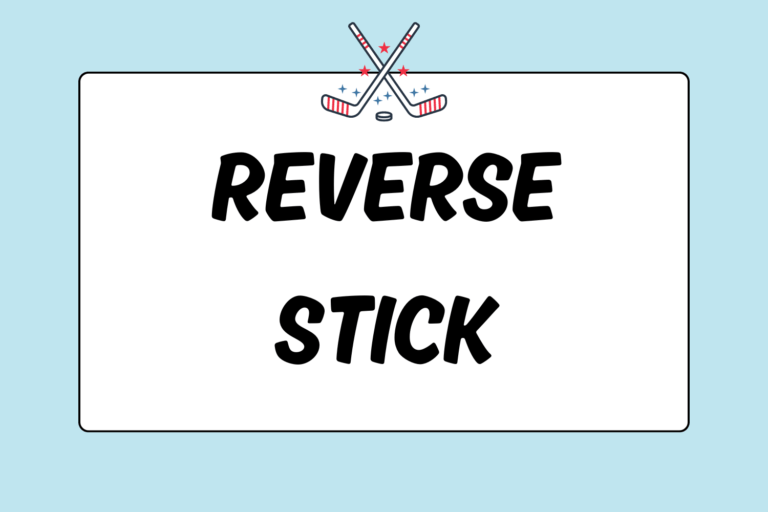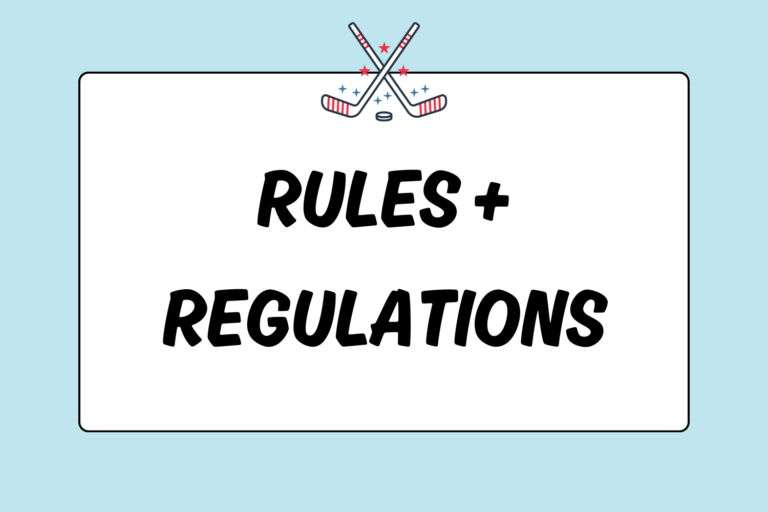Defensive tackles are generally combined with channeling and marking, either zone or man-to-man. But, the tackles discussed in this guide are used for approaching an opponent straight-on from the front. These tackles can be used anywhere on the field, but are generally incorporated into the midfield line. This guide will teach you how to steal the ball away from an opponent coming towards you.
Two-Handed: Straight-on
The two-handed, straight-on tackle is used to trap the ball and stop your opponent mid-stride. It is an immobile tackle, meaning you stop completely — just stay light on your feet in order to get back on defense if your opponent beats you. It should be completed at the very last second and is used to stop a player on the run. Use this tackle when the ball (and opponent) is within a stick’s distance.
To complete a two-handed tackle:
- Position yourself to face the attacker in an open stance.
- As you approach the right side of your opponent, break down (or slow down) your steps so that once you are a stick’s distance away from her, you can easily maneuver your feet into an open stance in front of her. Stand with your back angled to the goal, bend your knees, and place your weight on the balls of your feet.
- Keep your hands in the basic grip on the stick, held firmly with both hands. Do not put your stick down early.
- Attack the ball at the last second. Quickly reach out and place the back edge of the stick on the ground at a right angle to the ball. Have the flat side of the stick face the ball, and angle the shaft of the stick forward.
- Trap the ball on the shaft of your stick.
- To gain possession of the ball, use the toe of the stick to hook the ball towards you. This should be done quickly, all in one, smooth motion.
- The opponent should keep running and leave the ball on your stick.
Hot Tip: Don’t Hack
Remember, do not ever swing (hack) at the ball when you are tackling!
One-Handed: Straight-on
The one-handed, straight-on tackle is great for quick plays. The two-handed tackle gives you more control, but the one-handed tackle allows you to make faster tackles and it enables you to tackle balls that are further away from you (use this tackle when the ball is more than three feet away from you). Complete this tactic to stop someone on the run with the ball. Make sure that it is done at the last possible moment, and do it as quickly as possible.
To complete a one-handed tackle:
- Use the one-handed grip on the stick. Grip the stick with your right hand if you are making a tackle at a further distance (you can keep two hands on the stick for tackles at close distances).
- Approach the opponent on her right, and jab at the ball before tackling.
- Tackle at the last possible moment. Place the back edge of the stick on the ground at a right angle to the ball with the flat side facing the ball, and the shaft angled forward. Quickly slide the stick at a right angle to your opponent’s stick.
- Capture the ball on the shaft of the stick. Let the opponent run past the ball and then dribble forward with the ball on your stick.
- Scan for passes.
Timing is Key
Timing is crucial for these tackles. If you try to make a straight-on tackle too early, the offense will easily be able to beat you. The best time to make a straight-on tackle is at the last possible moment, right before the offense can make a move. So, make sure to draw the defender into a position where you can tackle the ball. If you miss the tackle, hustle back to support your defense!





